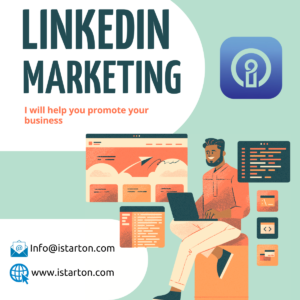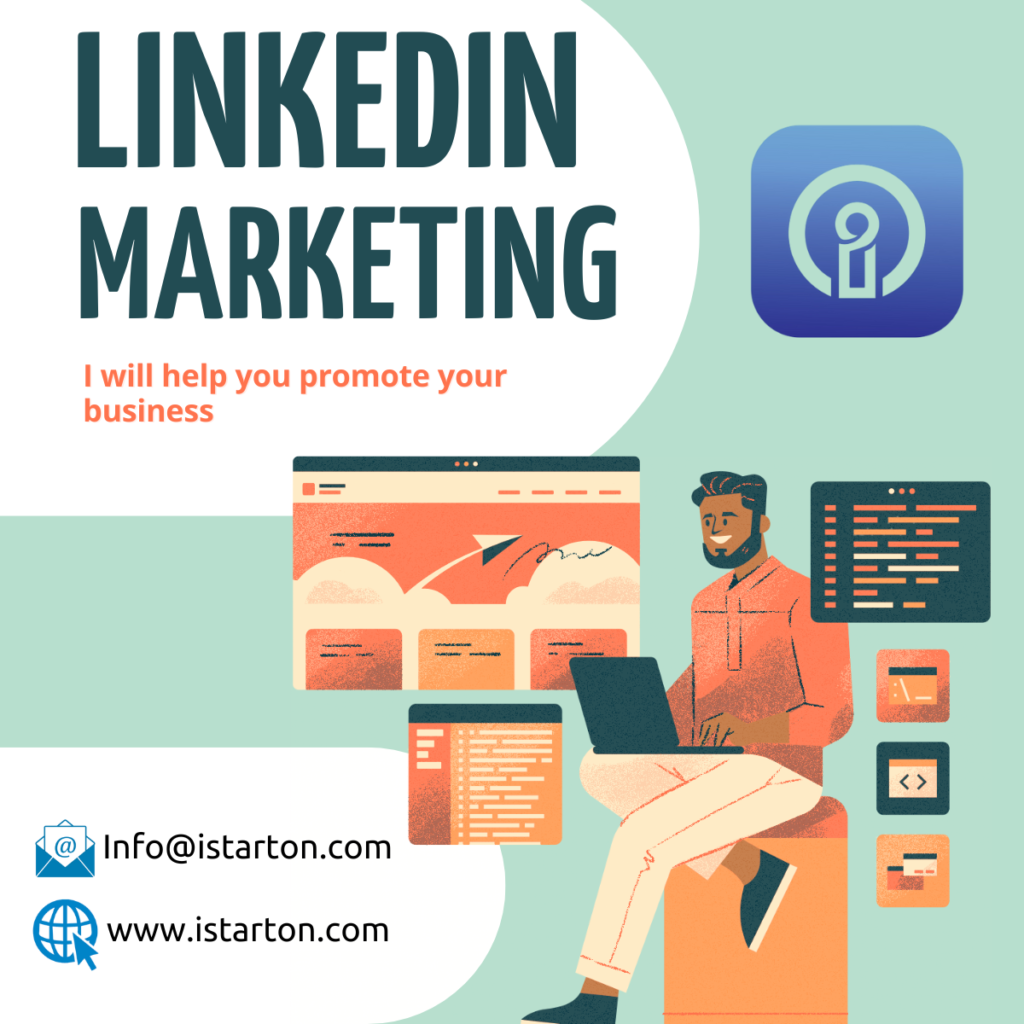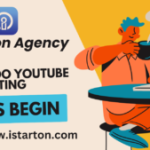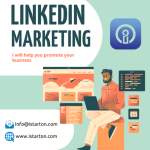

LinkedIn has evolved from a job-hunting platform to a powerful tool for marketing and professional networking. With over 900 million members globally, LinkedIn offers an unrivaled opportunity to connect with industry professionals, showcase expertise, and build a brand’s authority. However, many professionals and businesses still underutilize this platform’s full potential. This blog aims to provide a comprehensive guide to LinkedIn marketing, covering strategies that can elevate your professional presence and help you achieve your marketing goals.
Why LinkedIn Matters for Marketing
Before diving into strategies, it’s essential to understand why LinkedIn is such a powerful platform for marketing. Unlike other social media platforms, LinkedIn is designed specifically for professionals. It’s a space where decision-makers, influencers, and thought leaders converge to discuss industry trends, share insights, and build professional relationships. This unique environment makes LinkedIn an ideal platform for B2B marketing, thought leadership, and brand positioning. Key Statistics Highlighting LinkedIn’s Importance:- B2B Lead Generation: 80% of B2B leads come from LinkedIn.
- High-Quality Audience: 61 million LinkedIn users are senior-level influencers, and 40 million are in decision-making positions.
- Content Engagement: LinkedIn users are 20x more likely to share content that educates or informs.
With these statistics in mind, it’s clear that LinkedIn offers immense potential for those looking to establish themselves in their industry or generate high-quality leads.
Setting Up Your LinkedIn Profile for Success
Your LinkedIn profile is your digital business card. It’s often the first impression potential clients, partners, or employers have of you, so it’s crucial to ensure it’s polished and professional.- Crafting a Compelling Headline: Your headline should go beyond your job title. Think about what you do and who you help. For example, instead of “Marketing Manager at XYZ,” consider “Helping Brands Amplify Their Voice Through Strategic Content Marketing.”
- Professional Profile Photo: Invest in a high-quality, professional headshot. Profiles with photos receive 21x more profile views and 36x more messages.
- Optimizing Your About Section: This is your chance to tell your story. Focus on your professional journey, key achievements, and what makes you unique. and make it personable but professional.
- Highlighting Your Experience and Skills: Be specific about your roles and achievements. Use bullet points for readability and include quantifiable achievements where possible.
- Showcasing Recommendations and Endorsements: Recommendations from colleagues and clients add credibility to your profile. Don’t request these from those who can vouch for your work.
- Customizing Your LinkedIn URL: A custom URL (e.g., linkedin.com/in/yourname) looks cleaner and is easier to share. It also appears more professional on business cards or resumes.
7. Feature Relevant Content: Use the Featured section to highlight your best work. This could include articles you’ve written, notable projects, or presentations.
Building a Network: Quality Over Quantity
While it may be tempting to connect with as many people as possible, focusing on quality connections is more beneficial in the long run. A well-curated network ensures say.- Connect with Purpose: Send personalized connection requests explaining why you want to connect. This increases the likelihood of acceptance and starts the relationship on a positive note.
- Engage Regularly: Engage with your network’s posts by liking, commenting, and sharing. This keeps you visible and helps build relationships.
- Join Relevant Groups: LinkedIn Groups are a great way to connect with like-minded professionals. Participate in discussions and share valuable insights to establish yourself as a thought leader.
4. Attend LinkedIn Events: Many LinkedIn users host virtual events and webinars. Attending these events can help you connect with people outside your immediate network and learn from industry experts.
Content Strategy: Providing Value to Your Audience
Content is king on LinkedIn. However, it’s not just about posting regularly; it’s about providing value. Here’s how you can develop a content strategy that resonates with your audience:- Understand Your Audience: Before creating content, understand who your audience is and what they care about. Use LinkedIn Analytics to gather insights about your followers and what type of content they engage with the most.
- Content Types and Formats: LinkedIn supports various content formats, including articles, posts, images, videos, and documents. Diversifying your content keeps your audience engaged.
- Educational Content: Share insights, tips, and knowledge that can help your audience solve problems or learn something new. This positions you as a helpful resource and an authority in your field.
- Storytelling: People connect with stories. Share your personal experiences, challenges, and successes. This makes your content relatable and memorable.
- Consistency is Key: Develop a content calendar and stick to it. Consistency helps build trust and keeps your audience coming back for more.
- Leverage Hashtags: Hashtags can increase the visibility of your posts. Use relevant hashtags that your audience follows but don’t overdo it. Around 3-5 hashtags per post is ideal.
7. Analyze and Adjust: Regularly review your content’s performance using LinkedIn Analytics. Understand what’s working and what isn’t, and adjust your strategy accordingly.
Leveraging LinkedIn Features for Enhanced Engagement
LinkedIn offers various features designed to boost engagement and visibility. Utilizing these can help amplify your marketing efforts:- LinkedIn Articles: Long-form content such as articles can help establish your expertise. Unlike regular posts, articles are indexed by Google, increasing your reach beyond LinkedIn.
- LinkedIn Polls: Polls are a great way to engage your audience and gather insights. They encourage interaction and can provide valuable data for future content.
- LinkedIn Stories: Similar to Instagram and Facebook Stories, short, temporary updates. This feature is great for behind-the-scenes content, quick tips, or event highlights.
- LinkedIn Live: Live streaming on LinkedIn is. It’s perfect for webinars, Q&A sessions, and product launches.
5. Newsletters: LinkedIn’s Newsletter feature allows you to share regular updates with your followers. Subscribers are notified every time you publish, ensuring consistent engagement.
Paid Advertising: Boosting Your Reach
While organic reach is valuable, LinkedIn’s paid advertising options can further enhance your marketing efforts. LinkedIn Ads are highly targeted, allowing you to reach specific demographics based on job title, industry, company size, and more.- Sponsored Content: Promote your posts to a broader audience. This is great for amplifying high-performing content or reaching a specific target audience.
- LinkedIn Text Ads: These are simple, pay-per-click (PPC) ads that appear in the sidebar. They are less intrusive and can traffic to your website or landing pages.
- Sponsored InMail: Send personalized messages directly to LinkedIn users’ inboxes. This is perfect for lead generation or promoting events and webinars.
- Dynamic Ads: These ads are personalized for each viewer, increasing engagement. They can be used to promote content, build brand awareness, or generate leads.
5. Measure and Optimize: Like any marketing effort, tracking performance is crucial. Use LinkedIn’s Campaign Manager to monitor your ads’ performance and optimize for better results.
Building Thought Leadership and Authority
Establishing yourself or your brand as a thought leader in your industry can significantly enhance your LinkedIn marketing efforts. Thought leadership is about sharing valuable insights and unique perspectives that resonate with your audience.- Regularly Share Insights: Stay updated with industry trends and share your analysis. Provide actionable takeaways that can help your audience stay ahead of the curve.
- Engage in Conversations: Don’t just share content; engage in discussions. Respond to comments on your posts and participate in conversations on others’ posts.
- Collaborate with Other Experts: Partner with other industry leaders for webinars, articles, or podcasts. This can help you reach a broader audience and build credibility.
- Host Webinars and Workshops: Sharing your expertise through webinars and workshops is a great way to build authority and engage with your audience.
5. Consistently Publish Quality Content: Thought leadership isn’t built overnight. Regularly publish high-quality content that provides value and showcases your expertise.
Avoiding Common LinkedIn Marketing Mistakes
While LinkedIn offers numerous opportunities, there are also pitfalls to avoid. Here are some common mistakes that can hinder your LinkedIn marketing efforts:- Overly Salesy Content: LinkedIn is a professional network, not a sales platform. Focus on building relationships and providing value rather than pushing sales.
- Neglecting Your Profile: An incomplete or outdated profile can turn potential connections away. Regularly update your profile to reflect your current experience and achievements.
- Ignoring Analytics: Failing to monitor your content’s performance can result in wasted effort. Use LinkedIn Analytics to understand what works and refine your strategy.
- Inconsistent Posting: Inconsistency can hurt your credibility. Develop a content calendar and stick to a regular posting schedule.



